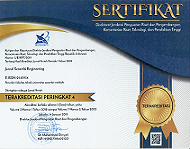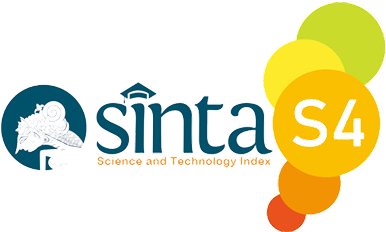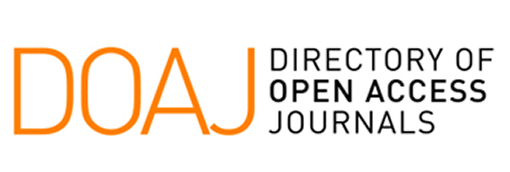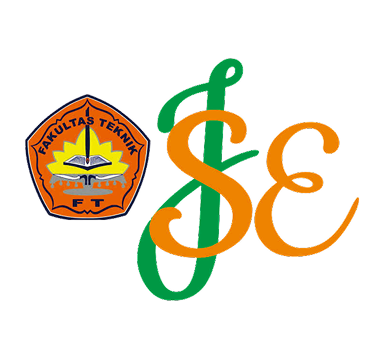Kajian Pengembangan Desa Wisata Jontor Subulussalam Sebagai Dasar Perancangan Paket Wisata
Keywords:
Desa Wisata Jontor, Pemetaan Potensi, Perancangan Paket Wisata, Kearifan Lokal, BudayaAbstract
Tourism development, especially through the concept of tourist villages, is a crucial effort in sustainable development that directly involves the community. These problems arise due to limited understanding of managers in packaging potential and managing tourism. This study focuses on Jontor Village, Subulussalam City, which has natural and cultural wealth but has not been optimally managed, resulting in minimal tourist attractions. In addition, there are obstacles in community understanding of tourism businesses and collaboration between stakeholders. The main objective of this study is to map the potential of tourist villages in Jontor Village as a basis for designing tour packages. In addition, it will also identify the structure of the Tourism working group that has been formed, to support the management of tourist attractions and the sustainability of community livelihoods. This study will identify the potential and problems in Jontor Village, and formulate a tourist village development plan based on aspects of conservation, education, community involvement, local economy, and tourism. The method used is qualitative, through observation, interviews, and literature studies, to produce comprehensive, valid, and objective data.
References
[1] M. P. Cantika and W. Wahjoedi, “Mewujudkan Kampung Wisata Batik Blitar Melalui Potensi Lokal Kelurahan Turi,” in Prosiding Seminar Nasional Ekonomi Pembangunan, 2021, pp. 535–543.
[2] H. Gani, R. Nanda, and I. A. Mazas, “Penguatan Kelembagaan Pokdarwis Tuah Peuraja Untuk Pengelolaan Desa Wisata Lamjamee, Kota Banda Aceh,” Jurnal Pemberdayaan Pariwisata, vol. 5, no. 2, p. 105, 2023.
[3] J. Creswell, “Research design: Qualitative, quantitative, and mixed methods approaches: Vol. null,” 2014.
[4] R. Vebrianto, M. Thahir, Z. Putriani, I. Mahartika, and A. Ilhami, “Mixed methods research: Trends and issues in research methodology,” Bedelau: Journal of Education and Learning, vol. 1, no. 2, pp. 63–73, 2020.
[5] M. Sirait and M. Pinem, “Analisis pengembangan potensi obyek wisata pantai di Kabupaten Serdang Bedagei,” JUPIIS: Jurnal Pendidikan Ilmu-Ilmu Sosial, vol. 11, no. 1, pp. 29–45, 2019.
[6] N. Komariah, E. Saepudin, and P. M. Yusup, “Pengembangan desa wisata berbasis kearifan lokal,” Jurnal Pariwisata Pesona, vol. 3, no. 2, pp. 158–174, 2018.
[7] A. Munawar, Potensi Wisata Alam dalam Kawasan Hutan, Pemanfaatan dan Pengembangan: Studi Kasus di Kabupaten Maros Sulawesi Selatan. Penerbit INTI MEDIATAMA, 2019.
[8] W. P. Adi, R. Windiani, and N. Farabi, “Implementasi CITES (Convention on International Trade in Endangered Species of Wild Fauna and Flora) dalam Menangani Perdagangan Kukang Ilegal di Indonesia,” Journal of International Relations Diponegoro, vol. 3, no. 4, pp. 21–31, 2017.
[9] Kementerian Pariwisata, “Peraturan Menteri Pariwisata Republik Indonesia No. 14 Tahun 2016 tentang Pedoman Destinasi Pariwisata Berkelanjutan,” Jakarta, Indonesia, 2016.
[10] R. E. Freeman, Strategic management: A stakeholder approach. Cambridge university press, 2010.
[11] B. M. Musthofa, “Strategi Mengembangkan Inisiatif dan Partisipasi Masyarakat Lokal untuk Mengembangkan Wisata Perdesaan bagi Peningkatan Kesejahteraan Masyarakat,” Jurnal Vokasi Indonesia, vol. 7, no. 2, pp. 1–11, 2019.
[12] B. E. S. Lagarense, T. Hidayah, and F. Abdillah, “Digital technology and pentahelix role model for sport tourism event of IVCA 2018 in Bali,” in 2018 International Conference on Applied Science and Technology (ICAST), IEEE, 2018, pp. 263–270.
[13] P. Yudha, D. O. Radyan, and F. A. Akbar, “Urban tourism based on social capital development model,” Eurasia: Economics & Business, vol. 1, no. 19, pp. 37–42, 2019.
Downloads
Published
Issue
Section
License
Copyright (c) 2025 Seprina Yana Alidha (Author)

This work is licensed under a Creative Commons Attribution 4.0 International License.












